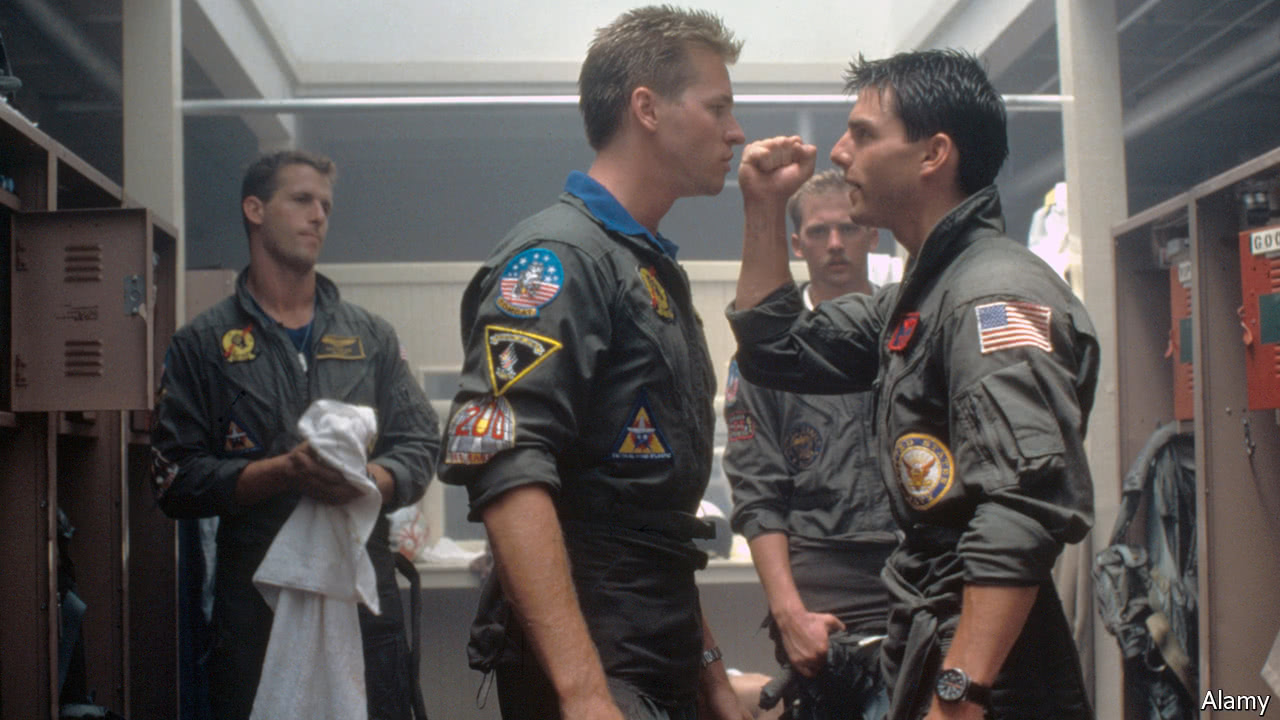
FOR MANY people, the Hollywood blockbuster “Top Gun” captures the allure of becoming a pilot. In it, fighter-pilot trainees don aviator sunglasses and flight suits, and zipp about the skies to a soaring 1980s soundtrack. But despite such pop-culture appeal, America’s Air Force is struggling to capture the imagination of would-be recruits. This year it will be short of around 900 new airmen.
To counter this, the Air Force is stepping up its efforts to recruit new cadets. This month they introduced a $35,000 signing-on bonus for newly hired military airmen, the first new incentive of its kinds since 1999. Commercial carriers, too, are trying to entice more newcomers with better financial rewards. The average pay for new pilots in that sector has nearly tripled from $20,000 to $59,000 in the past three years.
-
The sperm-donation business
-
The shifting toll of America’s drug epidemic
-
Independents stampede into Mexico’s presidential election
-
The European Central Bank starts its exit from quantitative easing
-
India’s new aviation policies are breathing life into a once-ailing sector
-
The first data from a repository of living human brain cells
One of the main barriers for would-be pilots is training. To become a pilot requires an investment of $200,000, often more than student loans will cover. In addition trainees are required by law to fly 1,500 hours before being hired by a commercial airline. This delays the moment of fully paid employment and is another cost that student loans do not finance. The shortfall is most severely felt by regional carriers which experienced a steep hiring drop between 2014 and 2016.
Another part of the problem is that an aging workforce is coupled with a mandatory retirement age. Over the next ten years, 42% of civil-aviation pilots will have to retire at 65. Boeing estimates that 117,000 new pilots will have to be hired to offset this and accommodate the future growth of the industry.
Pilot shortfalls are already having an effect, particularly on regional carriers. Short-distance flights operated by regional airlines are often more expensive than longer routes run by well-staffed major carriers. For example, a quick check of flight prices shows that a five-hour trip from Seattle to New York is only $30 more expensive than a 50-minute jaunt from Seattle to Bellingham in Washington.
More concerning, however, are the increased service disruptions. Between 2013 and 2016, 23% of all American airports experienced a reduction of scheduled services of at least 20%, according to figures from OAG, a data provider. Much of this is because of pilot shortages, argues the Regional Airline Association, a trade group. Though the largest carriers have been less disrupted, regional airlines have been forced to cut flights to more-remote destinations.
Military leaders and commercial-airline bosses are already lobbying congress to alter the rules that govern flying. High on their wishlist are changes like student loans tailored for those pursuing a career in aviation and easier ways for pilots to clock up more flying hours. In the past being a pilot was considered a glamorous job. Though some of that appeal still lingers, today public policymakers just need to focus on making it financially feasible.
Source: economist
Military and civil-aviation bosses are stepping up their efforts to recruit new pilots